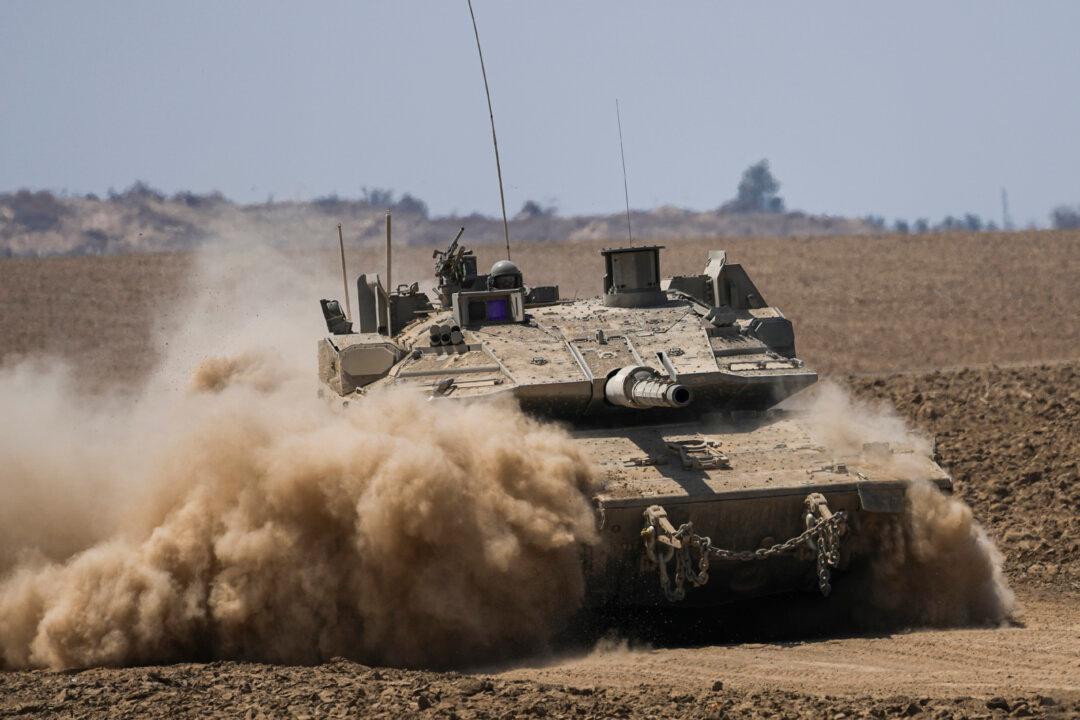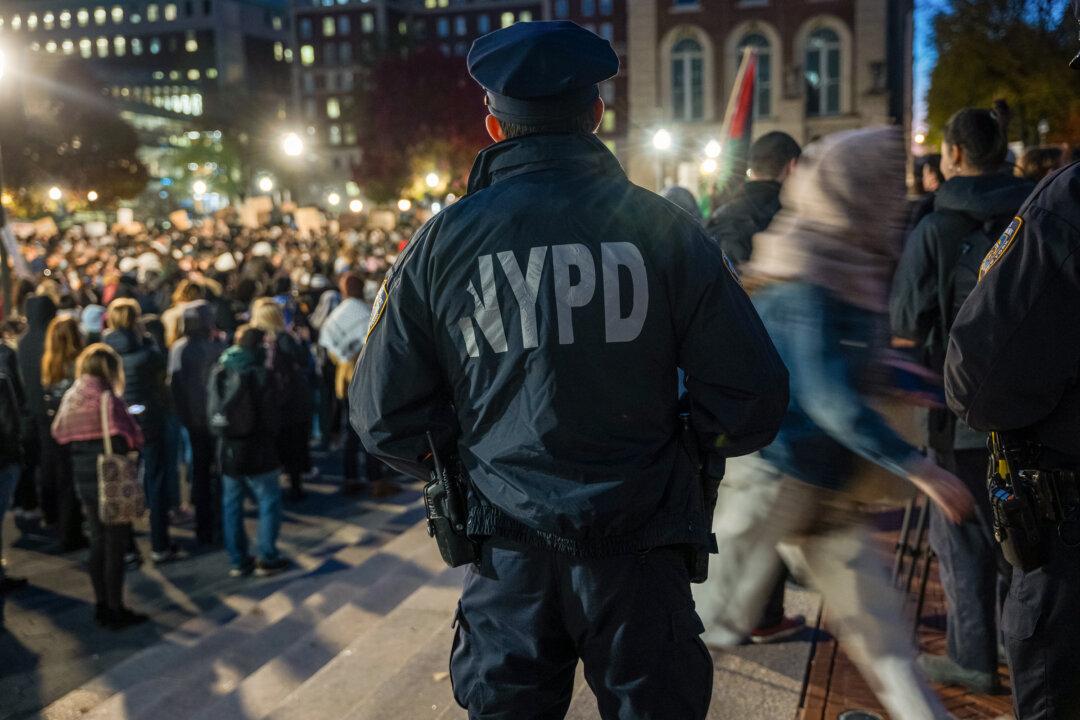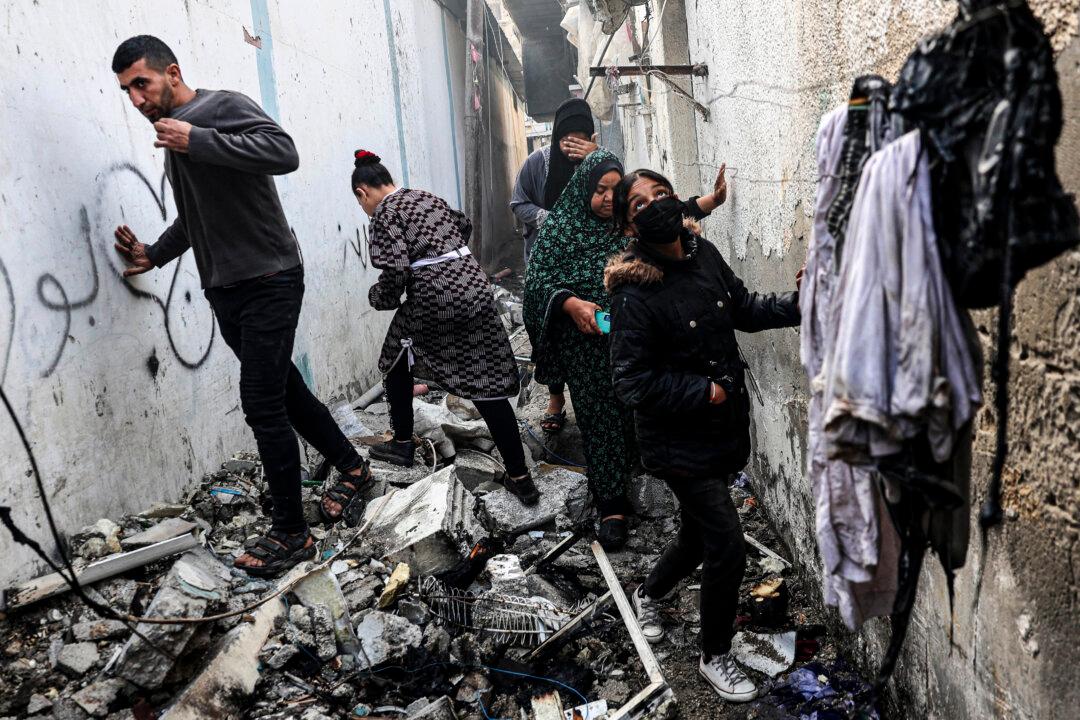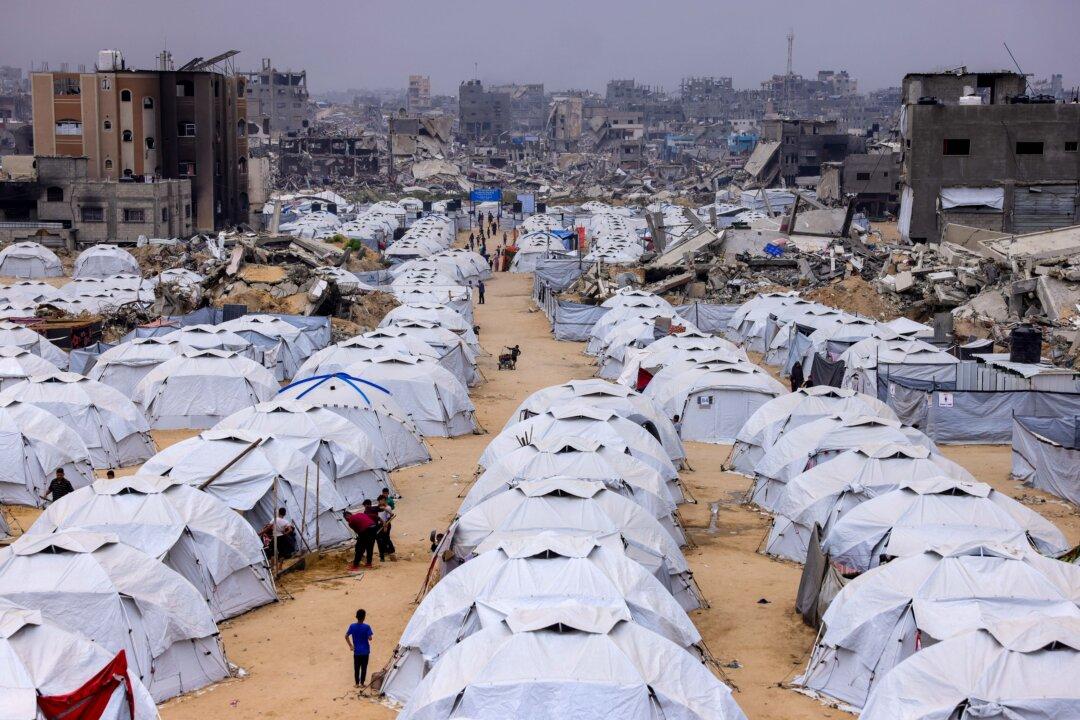The Israeli army says it has eliminated about half of Hamas’s military leaders, with about 14,000 terrorists killed or captured.
In a public statement on July 16, the Israel Defense Forces (IDF) said it had taken out six Hamas brigade commanders, more than 20 battalion commanders, and about 150 company commanders in the 263 days of operation in the Gaza Strip.





